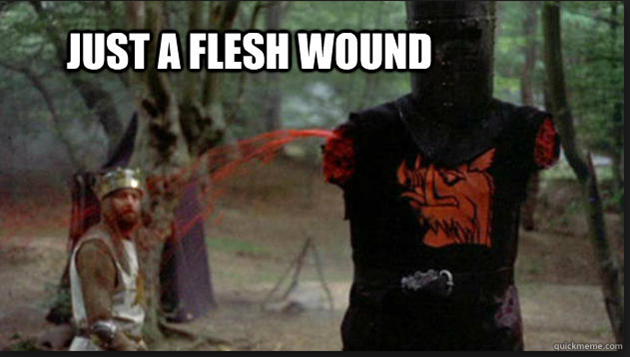Podcast: Play in new window | Download (Duration: 35:58 — 32.9MB)
Subscribe: Apple Podcasts | RSS | More

Hi everyone,
Recently Graeme and I were asked to help run a workshop here in WA for the ANZCA Emergency Response CPD programme – thanks for your help Graeme and Paras. Some of the key concepts were understanding blood products and the strategies / philosophies which have been used when deciding what to give in a major haemorrhage. We decided that this would make a great podcast discussion and so voila – here it is!
We discuss:
– massive transfusion protocols utilising empiric ratios of blood products (often heavy in FFP / plasma) versus the more targeted approach often based on rapid assessment of haemostasis using viscoelastic tests such as ROTEM / TEG.
– the four deficits in haemostasis which can develop; 1 fibrinolysis, 2 fibrinogen deficiency, 3 platelet deficiency, 4 thrombin deficiency.
-a description of the types of blood products available their pros / cons.
– why the use of large volumes of plasma probably doesn’t make sense and may in fact involve some harm to patients.
– an alternative strategy for empiric therapy when rapid tests of coagulation are not available empiric treatment with tranexamic acid and fibrinogen.
Thanks for another great dicsussion Graeme!
USEFUL LINKS
LINKS
- Study showing decreased massive transfusion rate in trauma after change to goal directed ROTEM therapy in Switzerland.
Anaesthesia. 2017 Nov;72(11):1317-1326. doi: 10.1111/anae.13920. Epub 2017 May 23. Change of transfusion and treatment paradigm in major trauma patients. - Before and after the introduction of ROTEM guided fibrinogen concentrate at Liverpool Womens Hospital and improved outcomes. Introduction of an algorithm for ROTEM-guided fibrinogen concentrate administration in major obstetric haemorrhage. Anaesthesia. 2015 Feb;70(2):166-75. doi: 10.1111/anae.12859. Epub 2014 Oct 7
